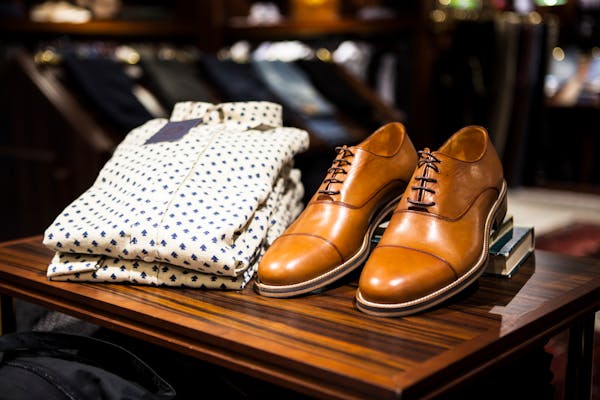Gucci is one of the most iconic and influential luxury fashion brands in the world, known for its bold designs, high-quality craftsmanship, and distinct aesthetic. Founded in 1921 by Guccio Gucci in Florence, Italy, the brand has grown from a small leather goods shop into a global symbol of high fashion. Over the years, Gucci has defined and redefined luxury, making it one of the most coveted labels in the fashion industry.
The Beginnings of Gucci
Guccio Gucci’s journey began when he worked as a bellboy at the Savoy Hotel in London, where he was inspired by the luxurious luggage of the hotel’s guests. Upon returning to Italy, Guccio opened his first store in Florence, focusing initially on producing high-quality leather goods. The brand’s early success was based on its exceptional craftsmanship, which attracted an affluent clientele, including aristocrats and royalty.
Gucci’s signature styles, such as its famous green-red-green web stripe, became synonymous with luxury. The brand’s fine leather handbags, shoes, and accessories quickly earned international acclaim. The Gucci horsebit—a metal ornament used in their footwear and accessories—further cemented the brand’s reputation for craftsmanship and elegance.
A Reputation for Excellence
In the 1950s and 1960s, Gucci’s popularity skyrocketed thanks to the quality of its products and the patronage of influential celebrities and socialites. Hollywood stars like Grace Kelly, Audrey Hepburn, and Jackie Kennedy helped popularize Gucci’s designs, making the brand a household name.
Gucci’s iconic Bamboo bag, introduced in the 1940s, became one of the brand’s most recognizable products. This innovative design featured a handle made from bamboo, a material that was abundant in Italy at the time and gave the bag a unique and exotic flair. The Bamboo bag remains a signature piece of Gucci’s heritage.
Changing the Fashion Game
The 1990s marked a new era for Gucci, particularly after Tom Ford was appointed creative director in 1994. Ford’s bold, sensual designs reinvigorated the brand, transforming Gucci into a symbol of edgy glamour. His sleek, provocative styles attracted a younger generation and ushered Gucci into the era of modern luxury.
Under Ford’s leadership, Gucci became known for its sexy, tailored suits, bold color palettes, and provocative ad campaigns. Gucci’s renaissance was not just about clothes; it was about creating a new culture of luxury that appealed to a more modern and diverse audience.
The Alessandro Michele Era
In 2015, Alessandro Michele took over as creative director, bringing a fresh, eclectic, and innovative approach to the brand. Michele’s vision embraced a mix of vintage-inspired aesthetics with contemporary, gender-fluid designs. He introduced flamboyant, maximalist collections that included colorful, intricate patterns and unexpected combinations of materials. Under his direction, Gucci shifted toward a more inclusive and experimental brand identity, appealing to both younger, fashion-forward consumers and those who appreciate high-end craftsmanship.
Gucci’s collections under Michele have featured bold graphics, oversized silhouettes, and a reimagining of traditional Gucci motifs, such as the double G logo, while also incorporating sustainable and ethical practices. The brand has become known for pushing boundaries in both design and messaging, making it a leader in the modern luxury market.
Gucci Today
Today, Gucci is part of the Kering Group, one of the world’s largest luxury conglomerates. The brand continues to be a leader in luxury fashion, known for its bold designs, innovative collections, and commitment to sustainability. Gucci operates boutiques in major cities around the world and remains one of the most influential fashion houses.
With a strong social media presence and a constant stream of creative collaborations, Gucci has cemented its place at the forefront of fashion culture. The brand is not only a symbol of status but also a reflection of modernity, creativity, and inclusivity.
Conclusion
Gucci is more than just a luxury fashion label; it is a cultural phenomenon. From its humble beginnings as a small leather goods store in Florence to becoming one of the most recognizable names in global fashion, Gucci has always been at the forefront of style, creativity, and innovation. The brand’s commitment to craftsmanship, combined with its bold, trendsetting designs, ensures that Gucci remains one of the most coveted names in luxury fashion today. Whether through classic pieces like the Horsebit loafers or the more experimental collections under Alessandro Michele, Gucci continues to captivate and inspire the fashion world.



